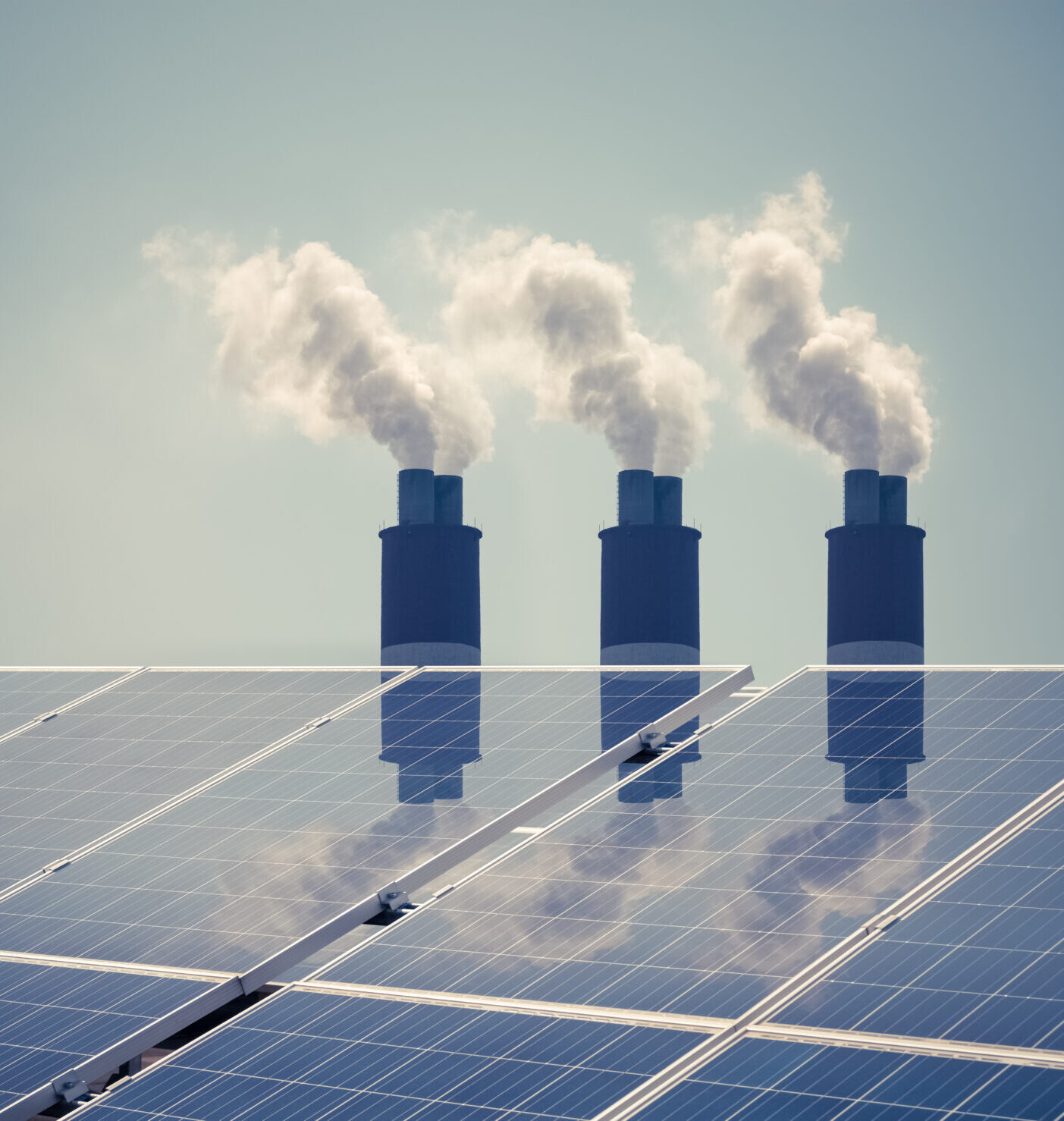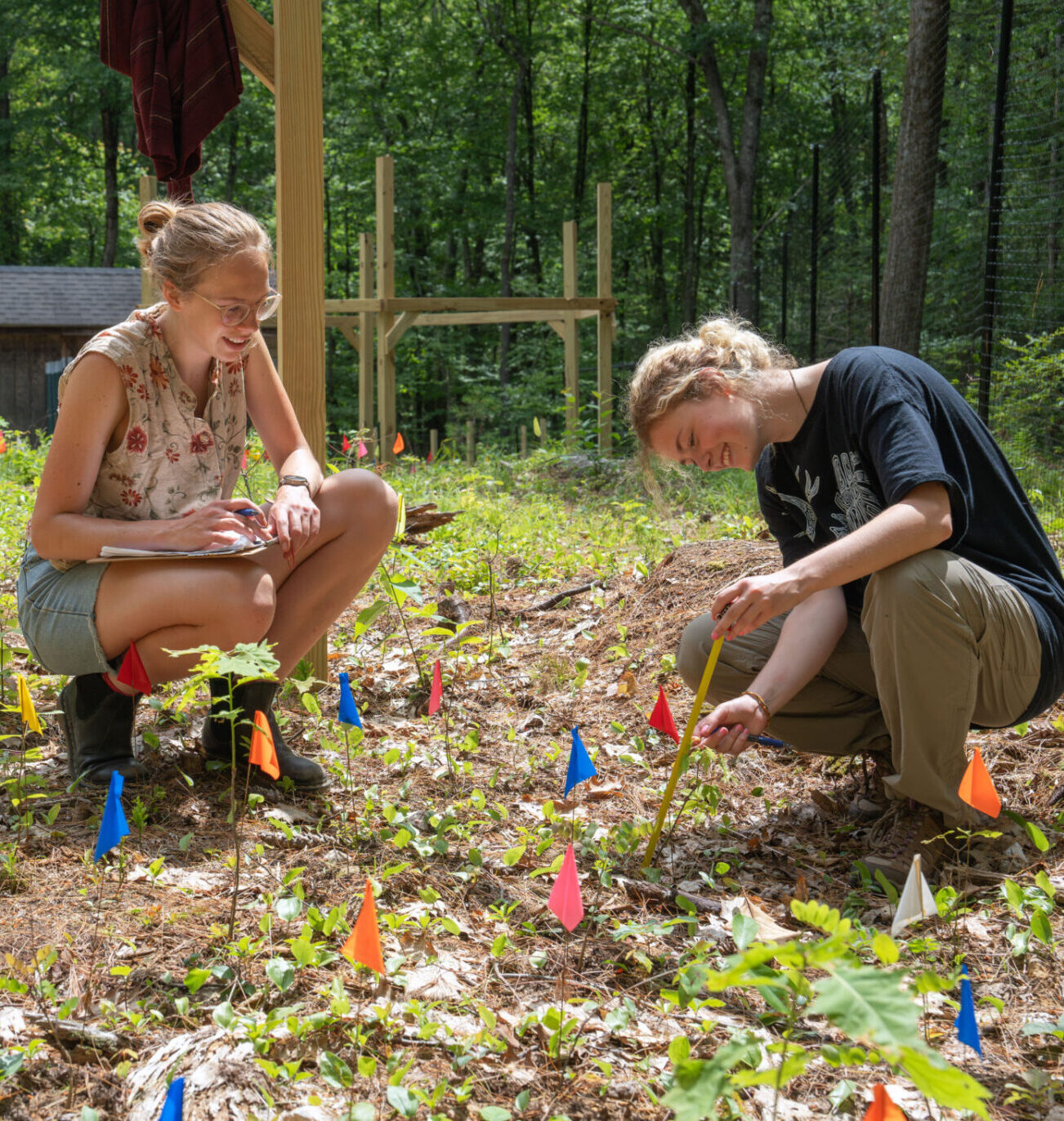Salata Institute Funds Five New Climate and Sustainability Projects Across Harvard
The Salata Institute Seed Grant Program supports new research, encourages new interdisciplinary partnerships, and enables faculty whose work is not normally in climate and sustainability to apply their expertise to the climate challenge. With the addition of these five projects, the Salata Institute now supports over $8.5M in climate and sustainability research involving 55 faculty from across Harvard University.
Harvard faculty members interested in the Salata Institute Seed Grant Program, which is supported by a gift from the Troper Wojcicki Foundation, can access the current call for proposals here to learn more about the program. Applications for the Salata Institute Seed Grant Program will re-open in May 2024.
Explore new projects below.

Liquid-Infused Windows for Universal Climate Control
Principal Investigator: Joanna Aizenberg
Over 25% of the energy and 50% of electricity consumed globally are spent conditioning the indoors to keep humans comfortable. Nearly all that energy is dedicated to regulating temperatures within buildings using air conditioners, furnaces, and electric lights. Biology inspires a different approach. In many animals, sunlight and temperature are filtered at their first point of contact – the skin. Skin, or other animal coverings often dynamically reflect, absorb, or transmit heat, helping to regulate the animal’s internal temperature. Scaling these capabilities to buildings is a promising path to urban sustainability. The Aizenberg lab has pioneered an approach to managing indoor climate using a bio-inspired building “skin” that leverages the properties of liquids, carried through vein-like channels to control interior climates. With seed grant funding, researchers will work towards the first proof-of-concept for applying this promising approach to windows.
Light-Switchable Materials for CO2 Capture and Release
Principal Investigator: Richard Liu
To avoid the most extreme climate change impacts, it is widely accepted that some amount of CO2 will need to be removed from the air. But capturing carbon can be incredibly energy-intensive – which can outweigh the climate benefits of removing the carbon in the first place. With seed grant funding, the Liu Group, a research team in the Harvard Department of Chemistry and Chemical Biology, will explore how a photochemical system might power CO2 capture and release using sunlight directly from the sun (without transforming the sunlight into electricity or other forms of power first). If successful, this approach to capturing carbon could potentially be scaled and distributed without relying on electricity — making its production, storage, delivery, and infrastructure maintenance vastly simpler than alternative carbon capture technologies.
Creating a “Land Climate” Community
Principal Investigator: Kaighin McColl
The dynamics of climate and climate change are fundamentally different over land versus water. And while the impacts of climate change for humans are felt almost entirely on land, the field of “land climate” remains surprisingly understudied. It remains unclear, for example, whether or not land surfaces will become wetter or drier, on average, as the planet warms. With seed funding from the Salata Institute, Kaighin McColl and colleagues will host a first Harvard Continental Climate Workshop, taking a step towards creating a new scientific community that will consider understudied land climate questions.
Health Effects of “Peaker” Power Plants
Principal Investigator: Ann-Christine Duhaime
Co-Principal Investigator: Kari Nadeau
The adverse health effects of air pollution from the burning of fossil fuels and of residing near combustion power plants are well-known. But the health effects of “peaker” power plants – those that operate when electricity demands are high, usually on very hot or cold days – are not. “Peaker” plants are known to be particularly polluting, and with over 1,000 in operation in the United States, understanding the impacts they have on their surrounding communities is important. Further, as the grid electrifies and demands for peak power increase, communities will need to understand the potential public health tradeoffs associated with various ways of meeting peak power demand. With seed grant funding, researchers will conduct a patient-level analysis of acute health effects during periods when specific “peaker” plants are “on” versus “off,” providing new and valuable insight into the health impacts of these plants. Such data on health effects and healthcare costs can inform policy-makers as they consider alternative, non-fossil fuel based solutions to peak energy demand.
Water, Mafic Rocks, and Hydrogen
Principal Investigator: Yi-Qiao Song
While some sectors of the economy can be transitioned from fossil fuels to renewable energy through electrification, other sectors of the economy – such as aviation and heavy industry – will be difficult or impossible to electrify. At the same time, there is a need to find ways to store and carry renewable energies over long distances, from areas where renewables are captured to the areas where they will be used. Hydrogen gas produced by splitting water molecules using renewable energy might offer a tool to meet both needs. With seed grant funding, Harvard scientist Yi-Qiao Song will use Nuclear Magnetic Resonance techniques to study the chemical reaction of water and olivine (an iron-rich mineral originated from Earth’s mantle), which produces hydrogen gas. This early-stage research could illuminate paths for renewable, geologic hydrogen energy sources.










